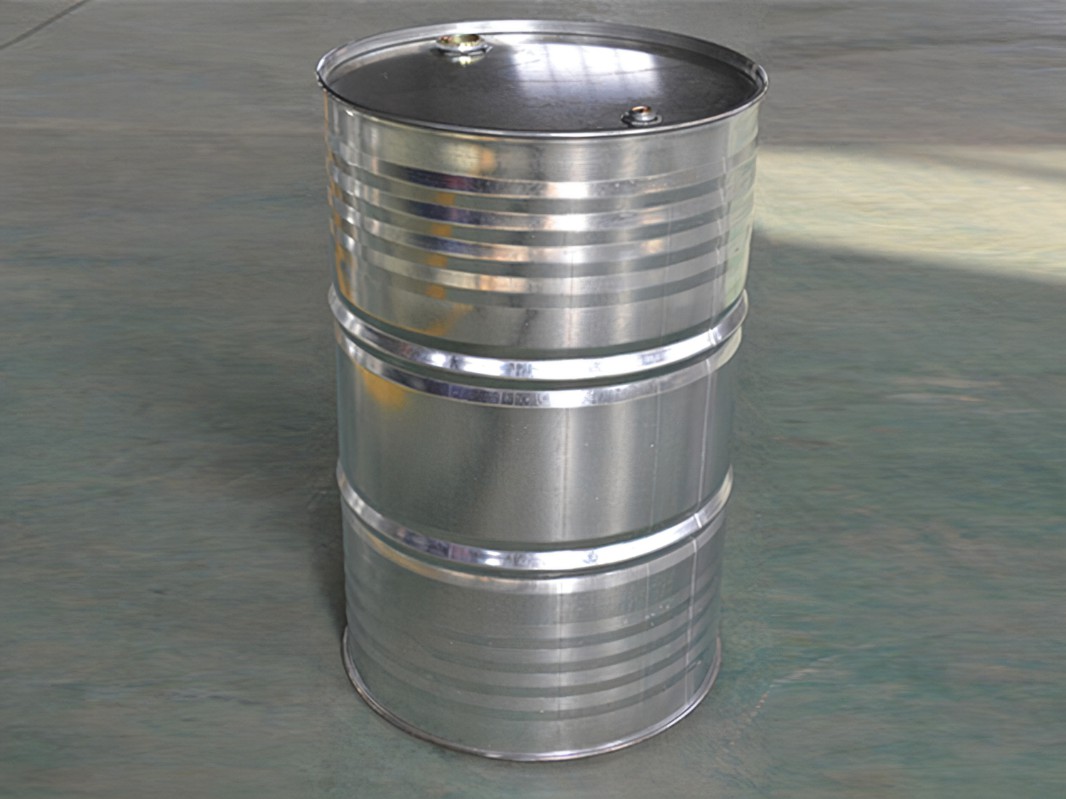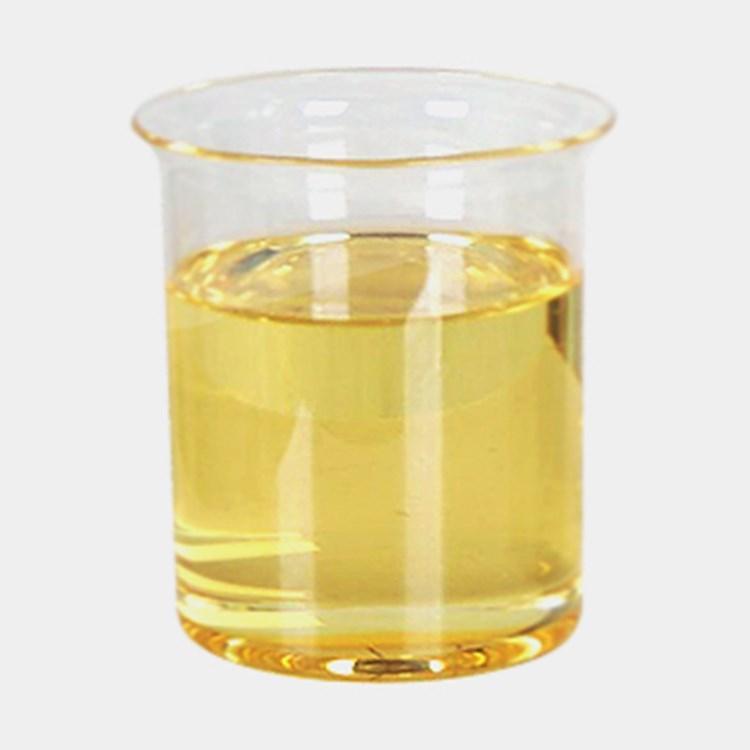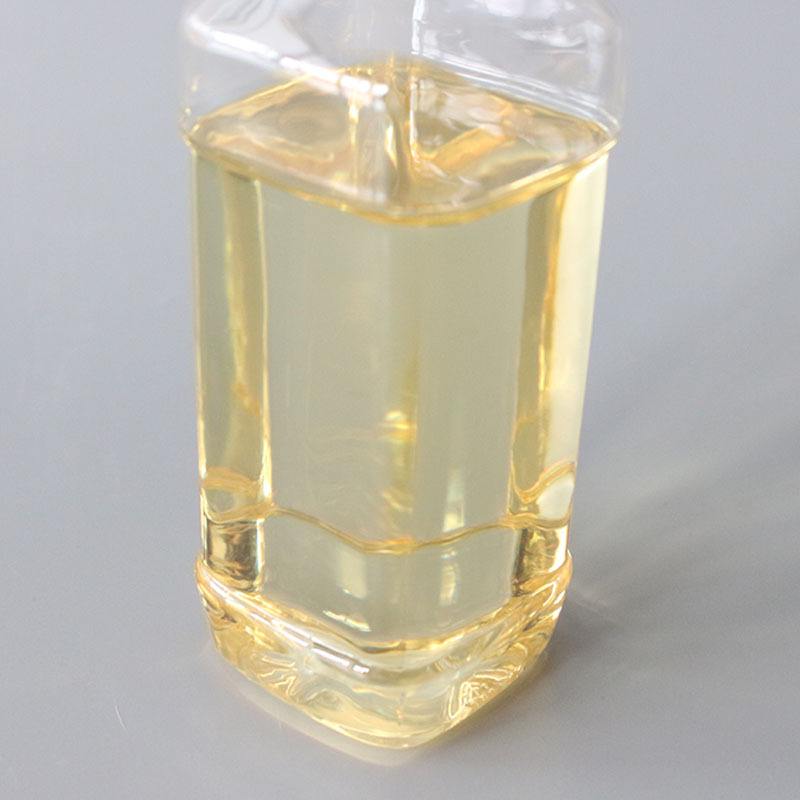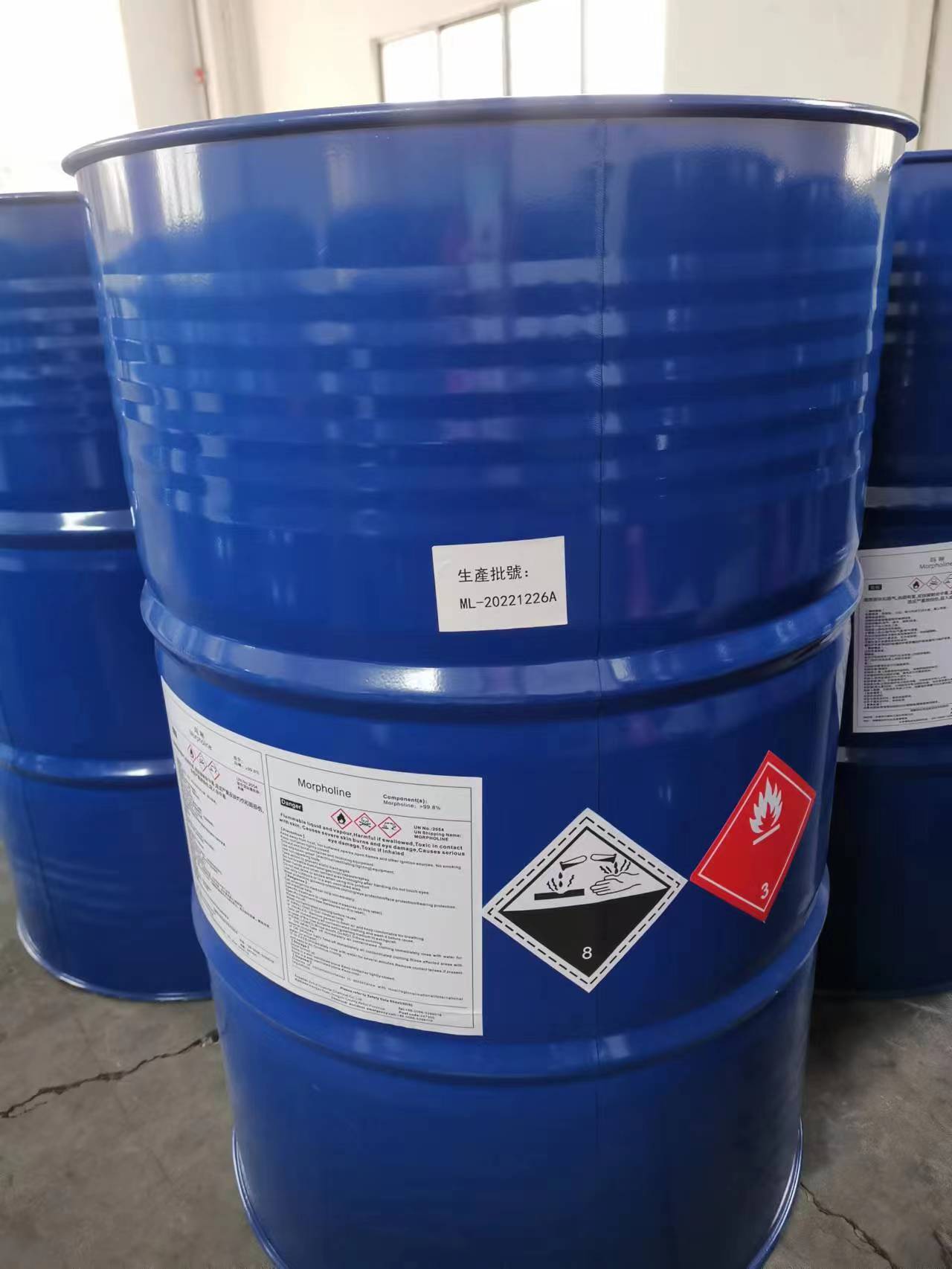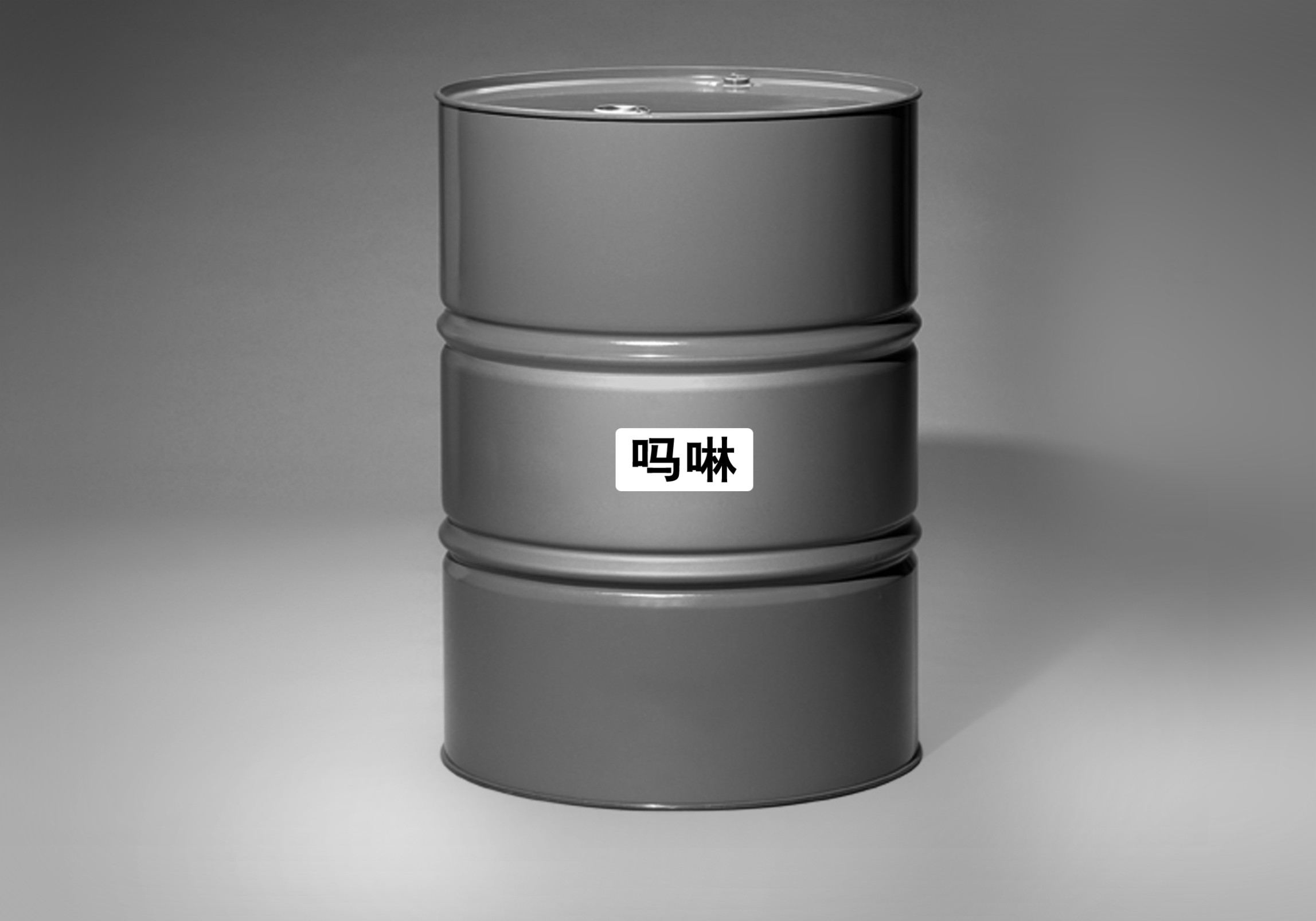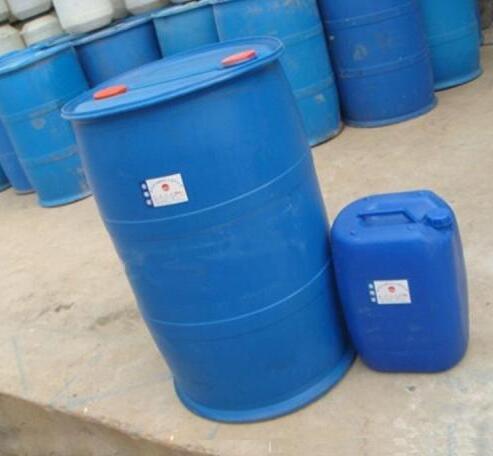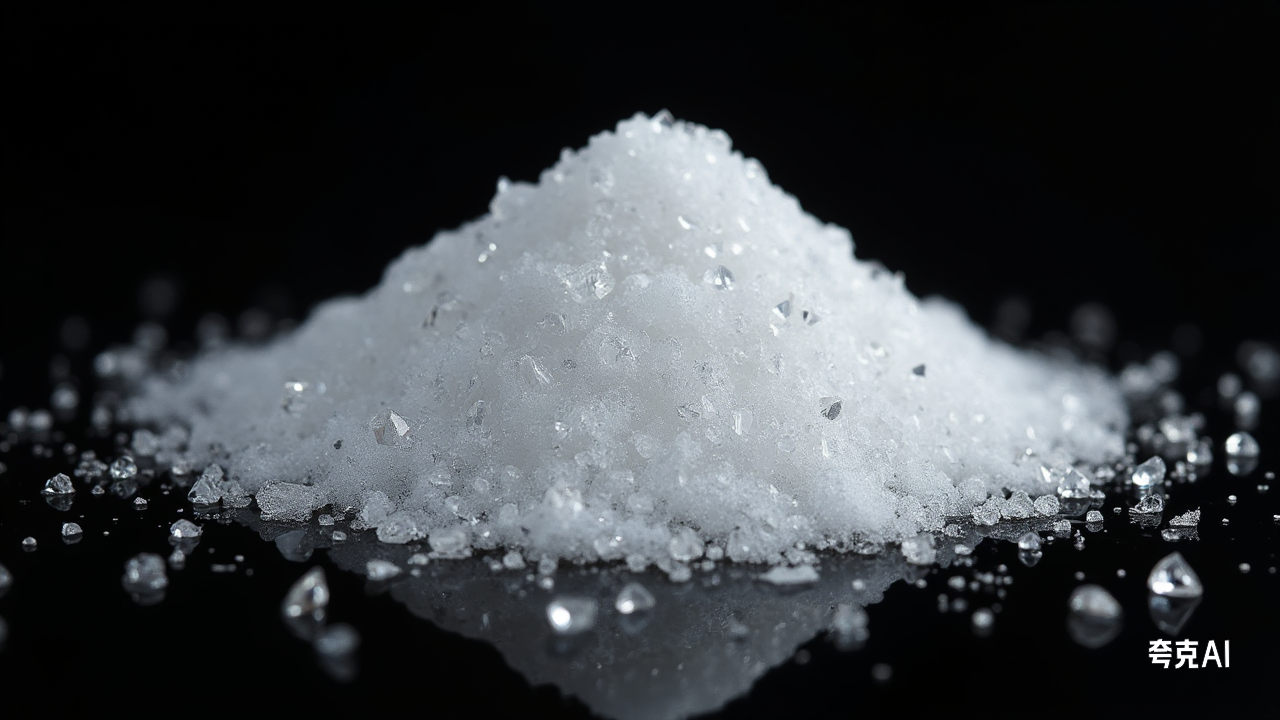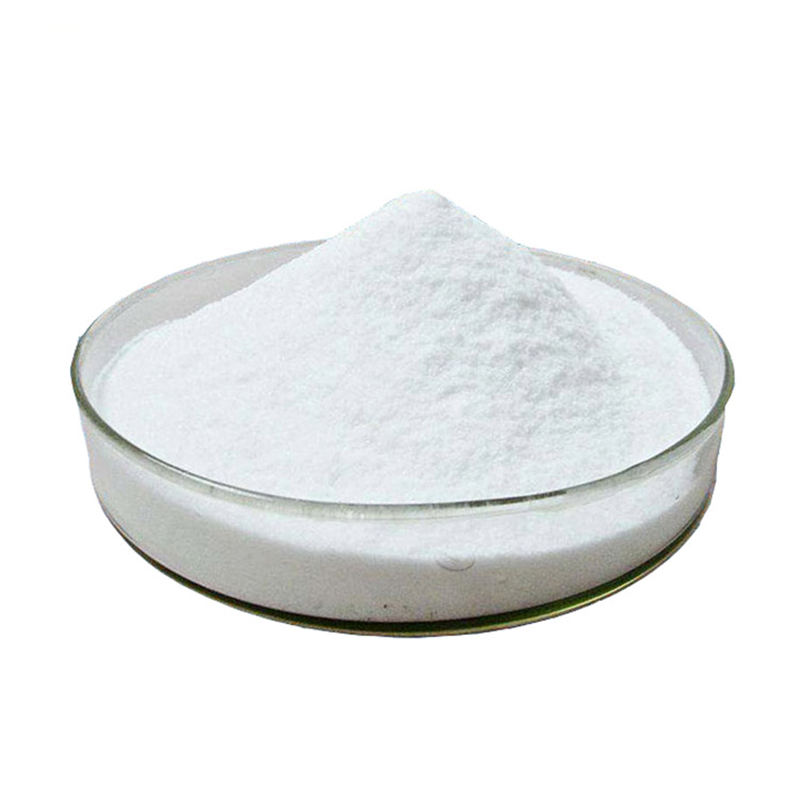CAS:108-99-6
Molecular Formula:C6H7N
Alias
More Information
5-Methylpyridine; Betap; B-Picoline; M-Picoline; 3-Methylpyidine; β-Picoline; Pyridine, 3-Methyl-; 3-Methyl-Pyridine; 3-Methyl-Pyridin; Beta-Methylpyridine; Meta-Methylpyridine; M-Methylpyridine; Pyridine,3-Methyl-; Beta-Picoline; beta Picoline
Brief Introduction
3-Methylpyridine is an important chemical raw material, which is widely used in medicine, pesticide, feed, dye, perfume, rubber, resin, photosensitive material and liquid crystal. 3-methylpyridine is also a kind of organic synthesis intermediate and solvent. It is used as the intermediate of imidacloprid and Acetamiprid in the synthesis of next step intermediate 3-methylpyridine-n-oxide. It can also be used as pharmaceutical intermediate, dye intermediate, resin intermediate and so on. It is used in the manufacture of vitamin B6, nicotinic acid and nicotinamide, nicolamine and cardiotonic agent. At the same time, it can also be used as solvent, alcohol denaturant, dye intermediate, resin intermediate, rubber vulcanization accelerator, waterproof agent raw materials, and film sensitizer additives.
Suppliers
View More Vendors (2) >
CAS:110-05-4
Molecular Formula:C8H18O2
Alias
More Information
Di; Di-Tert Butyl Peroxide; 2-Tert-Butylperoxy-2-Methylpropane; Peroxide, Bis(1,1-Dimethylethyl); Di Tert-Butyl Peroxide; 2-(tert-Butylperoxy)-2-Methylpropane; Tert-Butyl Peroxide; Tert-Butyl Peroxide (Luperox Di); (Tert-C4H9O)2; (Tributyl)Peroxide; Aztec Di-T-Butyl Peroxoide; Bis(1,1-Dimethylethyl)-Peroxid; Bis(T-Butyl)Peroxide; Bis(Tert-Butyl) Peroxide; Bis(Tert-Butyl)Peroxide; DTBP; Dibutylperoxide
Brief Introduction
Di tert butyl peroxide is an organic peroxide, which can be used as crosslinking agent for unsaturated polyester and silicone rubber, and also as polymerization initiator.
Suppliers
View More Vendors (2) >
CAS:110-91-8
Molecular Formula:C4H9NO
Alias
More Information
1,4-Oxazinan; Morfoline; 1-Oxa-4-Azacyclohexane; Tetrahydro-1,4-Oxazine; Morpholine,Acs; Morpholin; Basf 238; Drewamine; Dihydro-1,4-Oxazine; Perhydro-1,4-Oxazine; 1,4-Oxazine,Tetrahydro-; 2H-1,4-Oxazine, Tetrahydro-; 4H-1,4-Oxazine, Tetrahydro-; Basf238; Diethylenimide Oxide; Diethylenimideoxide
Brief Introduction
Morpholine contains secondary amine group, which has all the typical reaction characteristics of secondary amine group. It can react with inorganic acid to form salt, and react with organic acid to form salt or amide. It can also react with ethylene oxide, ketone or willgerodt. Due to its unique chemical properties, morpholine has become one of the most important commercial fine petrochemical products. It can be used to prepare nobs, DTOs, MDS and other rubber vulcanization accelerators, rust inhibitors, corrosion inhibitors, cleaners, detergents, painkillers, local anesthetics, tranquilizers, respiratory and vascular stimulants, surface activators, optical bleaching agents Fruit preservatives, textile printing and dyeing auxiliaries, etc., are widely used in rubber, medicine, pesticides, dyes, coatings and other industries. In medicine, they are used in the production of morpholine guanidine, ribavirin, ibuprofen, ketamine, naproxen, dichloroaniline, sodium phenylacetate and other important drugs.
Suppliers
View More Vendors (2) >
CAS:112-07-2
Molecular Formula:C8H16O3
Alias
More Information
Ethylene Glylol Butylether Acetate; Acetic Acid 2-Butoxyethyl Ester; 1-Acetoxy-2-Butoxyethane; BGA; 2-N-Butoxyethyl Acetate; Ethyleneglycol Monobutyl Ester Acetate; Ethylene Glycol Butyl Ether Acetate; BAC
Brief Introduction
Ethylene glycol butyl ether acetate is a high boiling point, multi-functional, two component alcohol ether ester solvent. It can be used as a coalescent agent for latex paint. It has excellent solubility for many lacquer and makes it widely used in multicolor coatings and emulsion coatings. Diethylene glycol butyl ether acetate has a very high boiling point. The main chemical book is used as a high boiling solvent for high-temperature porcelain and printing ink, and also as a coalescing aid for latex paint; Because the solvent volatilizes slowly and has low solubility in water, it can be used as a solvent for screen printing ink and polystyrene pigment printing glaze; It can also be used as an azeotrope for the separation of alcohol and ketone. It can be used as ink oil and glaze oil for baking, especially suitable for
It is used in screen ink, car paint, TV paint, refrigerator paint, aircraft paint and other high-grade paints.
Suppliers
View More Vendors (2) >
CAS:1185-53-1
Molecular Formula:C4H12ClNO3
Alias
More Information
Tris(Hydroxymethyl)Aminomethane Hydrochloride; 2-Amino-2-(Hydroxymethyl)-1,3-Propanediol Hydrochloride; Tris(Hydroxymethyl)Aminometha; Tris Hcl,Tris Hydrochloride,Tris(Hydroxymethyl)Aminomethane Hydrochloride; 2-Amino-2-(Hydroxymethyl)Propane-1,3-Diol,Hydrochloride; Trimethylolaminomethane Hydrochloride; 2-Amino-2-(Hydroxymethyl)Propane-1,3-Diol Hydrochloride; Tris-HCL; TRIS HCL
Brief Introduction
Tris HCl is called Tris HCl for short. Tris HCl buffer is not only widely used as a solvent for nucleic acids and proteins, but also has many important uses.
Suppliers
View More Vendors (2) >
Inquiry (
10
/ 10
)
Clear All
Sign In
Error!

